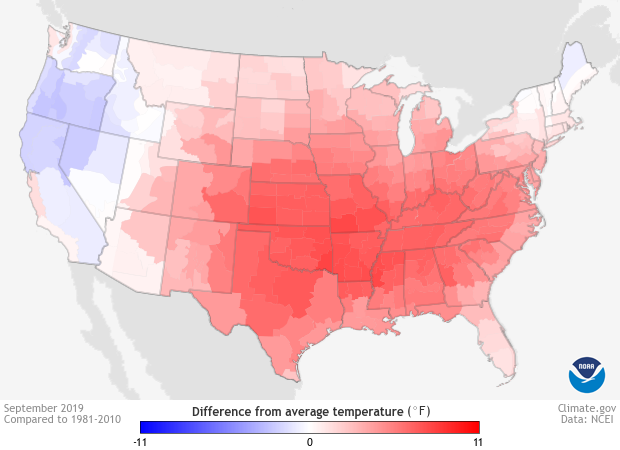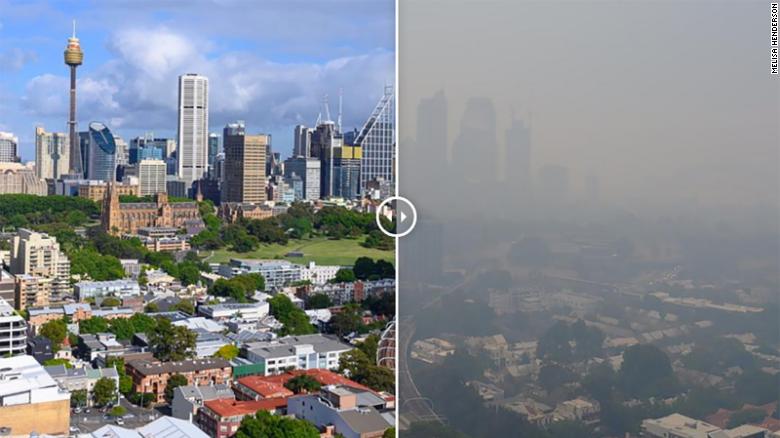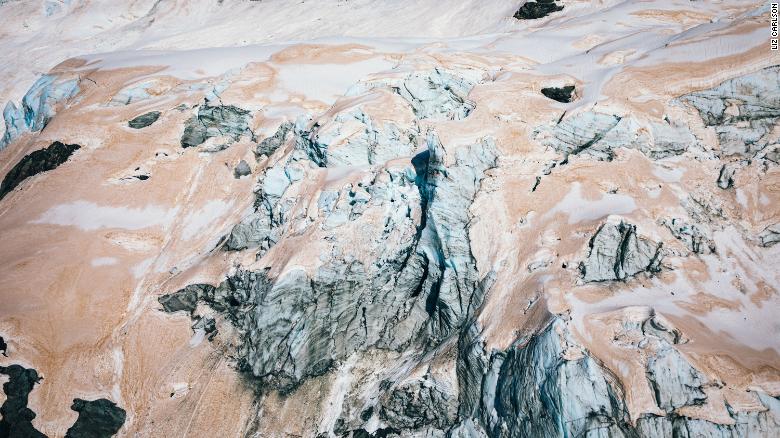https://www.scmp.com/news/hong-kong/health-environment/article/3041289/hong-kong-government-says-new-technology
Hong Kong government claims they have new technology that will protect them against severe weather on a scale of typhoon Mangkhut.Because of that typhoon and the damages that Hong Kong suffered from it, the officials have stepped in and invented technology that will protect the shoreline. "it uses laser imaging to capture the state of the facilities above the water and sonar waves to detect underwater structures, producing a high quality three-dimensional model for inspection." With a wall like that protecting the shoreline, they will be able to detect when a typhoon is going to hit and prepare themselves. The wall is also made in a way that will be very difficult to tear down. With technology like that, Hong Kong hopes that whenever the next typhoon comes, their new inventions will be able to prevent costly damages as well as save peoples lives.
Roosevelt Severe & Unusual Weather
Tuesday, December 10, 2019
Israel holds extreme weather exercise
https://www.jpost.com/Israel-News/Israel-to-hold-extreme-weather-exercise-as-winter-arrives-610363
Israeli authorities will conduct drills on December 10-11 to better prepare themselves for extreme weather coming this next year. One exercise is called the "storm exercise" which will include a cold room that will have extremely high wind speeds circulating to prepare residents for severe storms. Other exercises include high heat in the room to prepare for hot weather that could cause heat exhaustions and heat strokes. I think that is a pretty good idea on conducting such drills because it prepares people for what is coming. The simulation may not be as severe as what is coming but at least they will know how to prepare themselves and what to do when such an event happens in real life. The Israeli authorities are also conducting a large scale earthquake big enough to create a tsunami just in case a weather event like that takes place.
Israeli authorities will conduct drills on December 10-11 to better prepare themselves for extreme weather coming this next year. One exercise is called the "storm exercise" which will include a cold room that will have extremely high wind speeds circulating to prepare residents for severe storms. Other exercises include high heat in the room to prepare for hot weather that could cause heat exhaustions and heat strokes. I think that is a pretty good idea on conducting such drills because it prepares people for what is coming. The simulation may not be as severe as what is coming but at least they will know how to prepare themselves and what to do when such an event happens in real life. The Israeli authorities are also conducting a large scale earthquake big enough to create a tsunami just in case a weather event like that takes place.
Flash Drought engulfed the US Southeast in September 2019
A potent combination of record-breaking heat and a lack of rain has led to the rapid development of drought across the southeastern United States and Tennessee and Ohio Valleys during September 2019.

Coming off an extremely wet 2018 east of the Rockies, the fast onset of widespread extensive drought has been quite the climate whiplash for millions across the Southeast. With warmer than average temperatures expected to continue and October being a generally dry month based on climatology, drought conditions are likely to continue and possibly expand.
The rapid onset and severity of the event qualified it as a “Flash drought.” Generally, droughts are caused by a lack of precipitation over an extended period of time.
As rains didn’t fall, temperatures soared. September was among the five hottest Septembers on record for every state in the entire Southeast U.S. New Orleans, for instance, recorded its driest and warmest September on record with 7 daily record highs set during the month.

Sydney Smoke: Impact of Bushfire on Australian City
Thick smoke from Australia's catastrophic bushfires is still enveloping parts of Sydney, leaving residents to breathe hazardous air after skies turned orange and brown.
The air quality dropped to hazardous levels in many areas of Sydney and the surrounds area today, according to CNN affiliate Nine News Network.
Meanwhile, New South Wales is experiencing the "longest and most widespread" period of air pollution. Australia's Bureau of Meteorology said Monday that spring 2019 was the country's driest on record, fueling one of the country's worst bushfire seasons ever. As of Thursday, more than 117 bush and grass fires were burning, with more than 60 not yet contained.

A Storm Brought on Largest Waves Ever Recorded
The bomb cyclone that pounded the West Coast last week brought with it some of the tallest waves ever recorded off the California coast.
A monstrous 75-foot wave was recorded about 20 miles off the coast of Cape Mendocino in northern California, according to the University of California.
In the 15 years, the program has operated a station in that location, the significant wave height -- or the average height of the tallest third of waves that occur over 30 minutes -- typically doesn't exceed 10 feet tall during the winter.
The 75-footer was the tallest of the waves recorded in that period, which averaged around 43 feet tall. Still, that's "definitely unusual" for this time of year.
https://www.cnn.com/2019/12/06/us/75-foot-wave-california-bomb-cyclone-wxc-trnd/index.html
A monstrous 75-foot wave was recorded about 20 miles off the coast of Cape Mendocino in northern California, according to the University of California.
In the 15 years, the program has operated a station in that location, the significant wave height -- or the average height of the tallest third of waves that occur over 30 minutes -- typically doesn't exceed 10 feet tall during the winter.
The 75-footer was the tallest of the waves recorded in that period, which averaged around 43 feet tall. Still, that's "definitely unusual" for this time of year.
https://www.cnn.com/2019/12/06/us/75-foot-wave-california-bomb-cyclone-wxc-trnd/index.html
New Zealand Glaciers are Turning Red
One of the most startling consequences of the bushfires that are still raging across Australia is that they have turned some of New Zealand's famed glaciers red and pink.
Travel photographer and blogger Liz Carlson snapped the pictures of the discolored snow-capped glaciers on November 28 while on a helicopter flight around Mount Aspiring National Park, in New Zealand's South Island.
Australia has been experiencing one of its worst bushfire seasons on record. As of Thursday, there were more than 117 bush and grass fires with more than 60 not yet contained.
Westerly winds blew the smoke from the Australian fires toward New Zealand. The heavier particles in the smoke fall out and, in this case, discolored the snow in New Zealand.
Until the material on the glaciers is tested, it is not possible to know for sure what material it is.

https://www.cnn.com/2019/12/05/australia/australia-bushfires-new-zealand-glaciers-scn-scli-intl/index.html
Travel photographer and blogger Liz Carlson snapped the pictures of the discolored snow-capped glaciers on November 28 while on a helicopter flight around Mount Aspiring National Park, in New Zealand's South Island.
Australia has been experiencing one of its worst bushfire seasons on record. As of Thursday, there were more than 117 bush and grass fires with more than 60 not yet contained.
Westerly winds blew the smoke from the Australian fires toward New Zealand. The heavier particles in the smoke fall out and, in this case, discolored the snow in New Zealand.
Until the material on the glaciers is tested, it is not possible to know for sure what material it is.

https://www.cnn.com/2019/12/05/australia/australia-bushfires-new-zealand-glaciers-scn-scli-intl/index.html
Extreme weather patterns are raising the risk of a global food crisis
https://www.washingtonpost.com/weather/2019/12/09/extreme-weather-patterns-are-raising-risk-global-food-crisis-climate-change-will-make-this-worse/
Extreme weather, specifically droughts and heat waves are putting important crops such as wheat, maize and soybeans at risk. If such events continue to occur, there will be a noticeable increase of price on scarce crops and there will be food shortages for us as humans and animals. Many crop holders will be losing money from such weather and will have a difficult time keeping their farm afloat. Droughts are not the only weather that could affect crops however. Cold weathers and floods also account for a lot of crop loss. In general , crops are at an all time risk and those who grow crops should try to preserve as much crops as they can before it becomes more difficult to not only grow crops but sell crops. " In general, extremes will become stronger and the likelihood that extremes will occur simultaneously will also increase" Kornhuber said.
Extreme weather, specifically droughts and heat waves are putting important crops such as wheat, maize and soybeans at risk. If such events continue to occur, there will be a noticeable increase of price on scarce crops and there will be food shortages for us as humans and animals. Many crop holders will be losing money from such weather and will have a difficult time keeping their farm afloat. Droughts are not the only weather that could affect crops however. Cold weathers and floods also account for a lot of crop loss. In general , crops are at an all time risk and those who grow crops should try to preserve as much crops as they can before it becomes more difficult to not only grow crops but sell crops. " In general, extremes will become stronger and the likelihood that extremes will occur simultaneously will also increase" Kornhuber said.
Subscribe to:
Comments (Atom)


